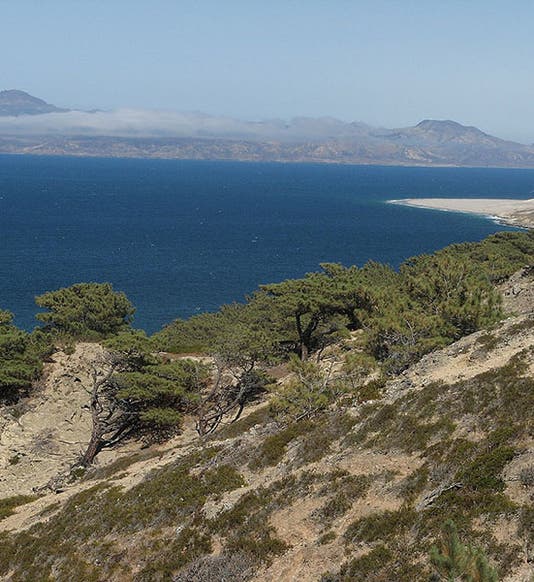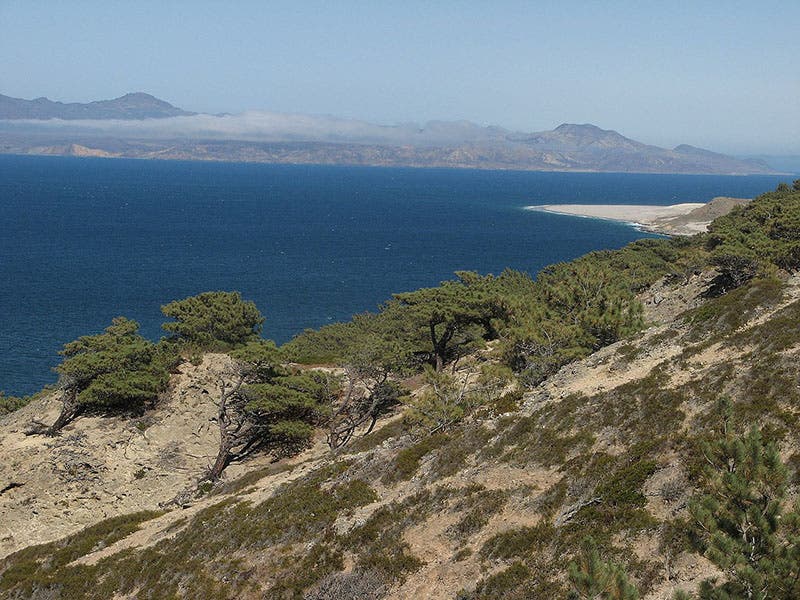Scientist of the Day - John Torrey
John Torrey, an American botanist, died Mar. 10, 1873, at the age of 76. Torrey was professor of chemistry and botany at both the New York College of Physicians and Surgeons (later to become Columbia University Medical School) and Princeton University – at the same time, basically from 1830 to 1855. Since he was also State Botanist of New York, Torrey was one busy fellow. Many American botanists during the first 30 years of the 19th century were also explorers--men like Edwin James, who went with Stephen Long on his 1820 expedition to the Rocky Mountains and discovered hundreds of new plants, and David Douglas, the Scotsman who went to the Pacific Northwest and discovered the Douglas-fir. Torrey was also closely associated with botanical knowledge gained from westward expansion, and he named and described many of the new genera and species found out west, but he never left home. The botanical explorers sent him their plants, and he figured out what they were and classified them. He and a younger student, Asa Gray, together compiled the Flora of North America, the basic guidebook to North American botany for many years, and Gray moved on to Harvard, where he shared with Torrey the accolade of being the two most respected and distinguished botanists in the United States during the middle quarters of the 19th century.
Torrey named many plants, but he is most often associated with a plant named after him – the Torrey pine, Pinus torreyana, which is the rarest and most endangered pine in the United States. It is found only in La Jolla, California, and on a few of the Channel Islands nearby (first image). Most of the surviving Torrey pines on the mainland are in the Torrey Pine Preserve, north of La Jolla. Many have heard of the Torrey pine only because a famous golf course – Torrey Pines – shares the oceanfront and the name (third image).
Ironically, another plant named after Torrey, Torreya taxifolia, charmingly called the stinking yew, is also critically endangered, although it lives on the other side of the country from the Torrey pine, on the border between Florida and Georgia. We see a small specimen in the U.S. Botanical Garden in Washington, D.C. (fourth image)
There is also a mountain named after Torrey in the Front Range of the Rockies in Colorado. Torrey’s Peak was climbed and named by Charles C. Parry, a botanist, in 1861; he named a nearby mountain Gray’s Peak, after his other botanical hero, Asa Gray (fifth image). Supposedly, Torrey and Gray got to see their namesake mountains when they travelled west after the transcontinental railroad was completed in 1869. Parry also named the Torrey pine.
The Torrey Botanical Club, founded in New York in the 1860s by students of Torrey, is the oldest botanical society in the United States, and its Bulletin the oldest homegrown botanical journal. We have a complete run of the Bulletin from 1870 to 1997. I was planning to show you the titlepage of the first issue, but it turns out that the first 30 years of our holdings are in facsimile, a fact not noted by our catalog record, so I decided against reproducing a reproduction. For some reason, the Club changed its name to the Torrey Botanical Society in 1997 and replaced the Bulletin with a new Journal, thereby turning away from a rich tradition extending back 127 years..
The Wikipedia article on Torrey includes an 1840 daguerreotype portrait that looks too good to be real, but it is quite authentic, housed with Harvard's collection of daguerreotypes, and when one considers that photography was barely one year old when it was taken, it is even more remarkable. Some Wikipedia editor allowed the frame to be cropped out of the image; I have restored it here (second image).
William B. Ashworth, Jr., Consultant for the History of Science, Linda Hall Library and Associate Professor emeritus, Department of History, University of Missouri-Kansas City. Comments or corrections are welcome; please direct to ashworthw@umkc.edu.











